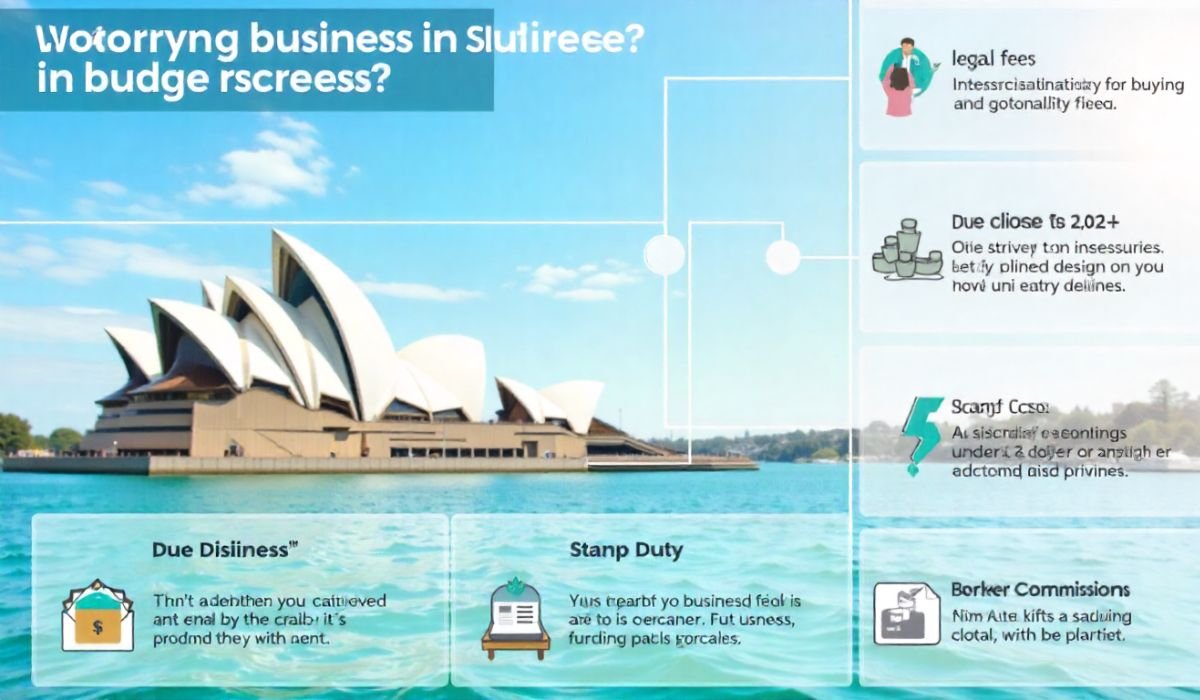The customer experience is undergoing a profound transformation. As businesses strive to distinguish themselves, the way they interact with customers has become a pivotal factor in their success. This revolution is not merely about offering a product or service but about creating a memorable journey for the consumer.
Here are three game-changing tactics in regard to the customer experience.
1. Personalization
Personalization is at the forefront of the customer experience revolution. It involves tailoring your interactions and offerings to meet the unique preferences and needs of individual customers. This approach not only builds loyalty but also fosters a deeper connection between your brand and the consumer. To effectively implement personalization, you must first understand your customers. This means gathering data on their behaviors, preferences, and past interactions with your brand. Tools such as customer relationship management (CRM) systems can help you collect and analyze this data, enabling you to create targeted marketing campaigns and personalized recommendations.
2. Omnichannel Engagement
Omnichannel engagement is another critical component of the customer experience revolution. It involves creating a seamless and integrated experience across multiple channels, both online and offline. An effective omnichannel strategy ensures that these interactions are consistent and cohesive. The key to successful omnichannel engagement lies in understanding the customer journey and identifying the channels they prefer. This not only enhances the customer experience but also provides valuable insights into their behavior, allowing you to tailor your approach accordingly.
3. Technology and Automation
Technology and automation are pivotal in advancing the customer experience revolution. By leveraging cutting-edge technology, you can streamline processes, enhance efficiency, and deliver a more personalized experience. Automation, in particular, allows you to manage repetitive tasks, freeing up resources to focus on more strategic initiatives. One example of technology in action is the use of automated texting services. Artificial intelligence (AI) and machine learning (ML), for instance, can be also used to analyze customer data and predict future trends. This allows you to proactively address customer needs and deliver a more tailored experience. Furthermore, chatbots and virtual assistants can provide instant support, improving response times and customer satisfaction.
Conclusion
The customer experience revolution is transforming the way businesses interact with their customers. To stay ahead in this ever-evolving landscape, consider evaluating your current customer experience strategy and identifying areas for improvement.
You May Also Read: Tractor Supply Sales Associate Job Description: Your Gateway to Rural Retail











